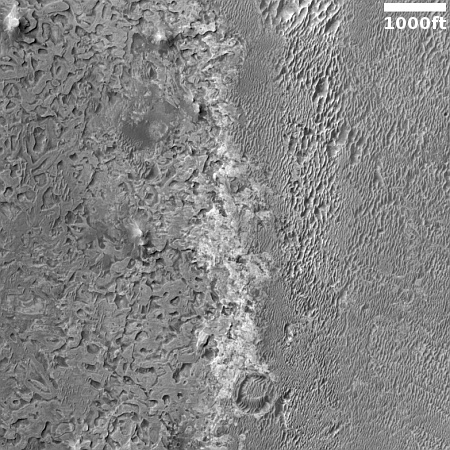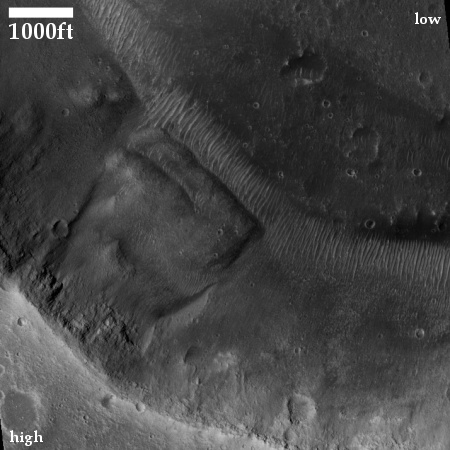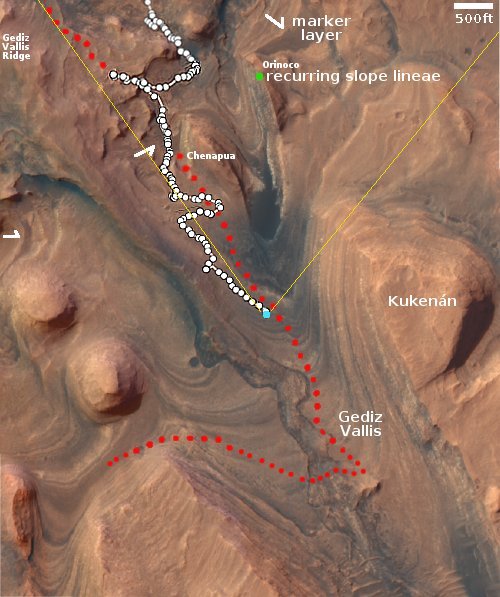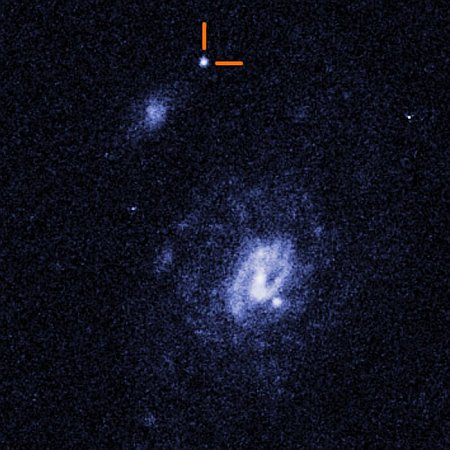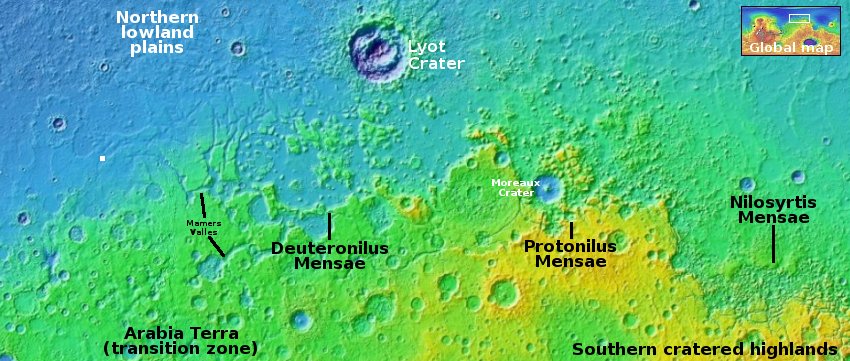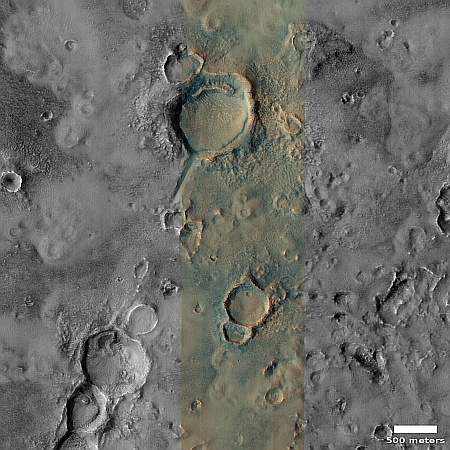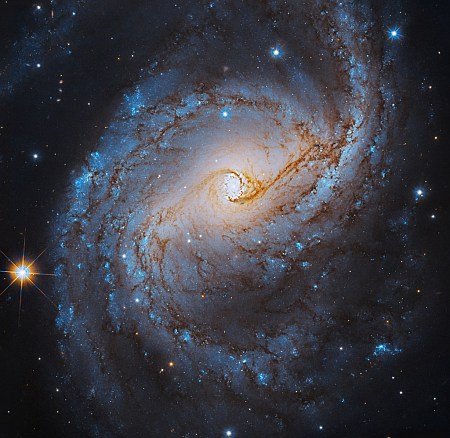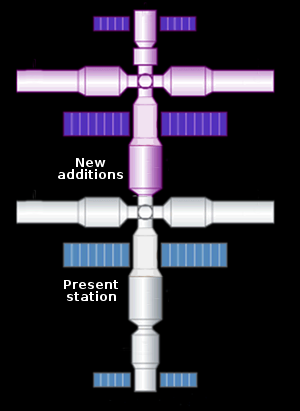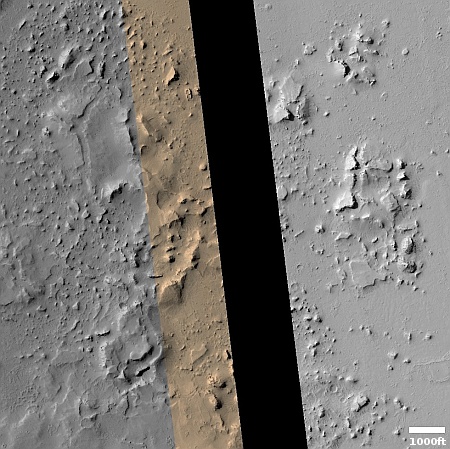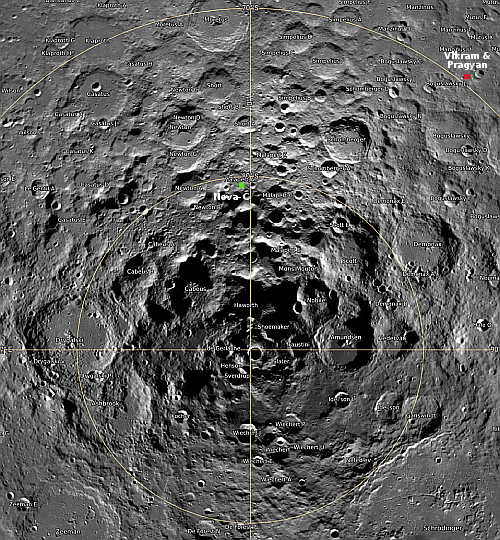First manned Starliner mission now delayed to April 2024
In a press release yesterday that outlined the updates to NASA’s scheduled manned missions to ISS, the agency confirmed that the first manned Starliner mission has now been delayed one more month, from March until April 2024.
The first crewed flight of the Starliner spacecraft, named NASA’s Boeing Crew Flight Test (CFT), is planned for no earlier than mid-April. CFT will send NASA astronauts and test pilots Butch Wilmore and Suni Williams on a demonstration flight to prove the end-to-end capabilities of the Starliner system. Starliner will launch atop a United Launch Alliance Atlas V rocket from Cape Canaveral Space Force Station in Florida, spend approximately eight days docked to the space station, and return to Earth with a parachute and airbag-assisted ground landing in the desert of the western United States. [emphasis mine]
The highlighted words underline the fact that this date is merely a target, and has been announced as part of the entire schedule for all the manned missions to ISS next year, fitting it in between two SpaceX crewed Dragon flights. It assumes Boeing will have the spacecraft ready by then, but based on that company’s track record, that assumption remains dangerous. Boeing has a lot of work to do, including parachute drop tests to fix the parachute cords as well as replacing the flammable electric tape installed throughout the capsule.
In a press release yesterday that outlined the updates to NASA’s scheduled manned missions to ISS, the agency confirmed that the first manned Starliner mission has now been delayed one more month, from March until April 2024.
The first crewed flight of the Starliner spacecraft, named NASA’s Boeing Crew Flight Test (CFT), is planned for no earlier than mid-April. CFT will send NASA astronauts and test pilots Butch Wilmore and Suni Williams on a demonstration flight to prove the end-to-end capabilities of the Starliner system. Starliner will launch atop a United Launch Alliance Atlas V rocket from Cape Canaveral Space Force Station in Florida, spend approximately eight days docked to the space station, and return to Earth with a parachute and airbag-assisted ground landing in the desert of the western United States. [emphasis mine]
The highlighted words underline the fact that this date is merely a target, and has been announced as part of the entire schedule for all the manned missions to ISS next year, fitting it in between two SpaceX crewed Dragon flights. It assumes Boeing will have the spacecraft ready by then, but based on that company’s track record, that assumption remains dangerous. Boeing has a lot of work to do, including parachute drop tests to fix the parachute cords as well as replacing the flammable electric tape installed throughout the capsule.

